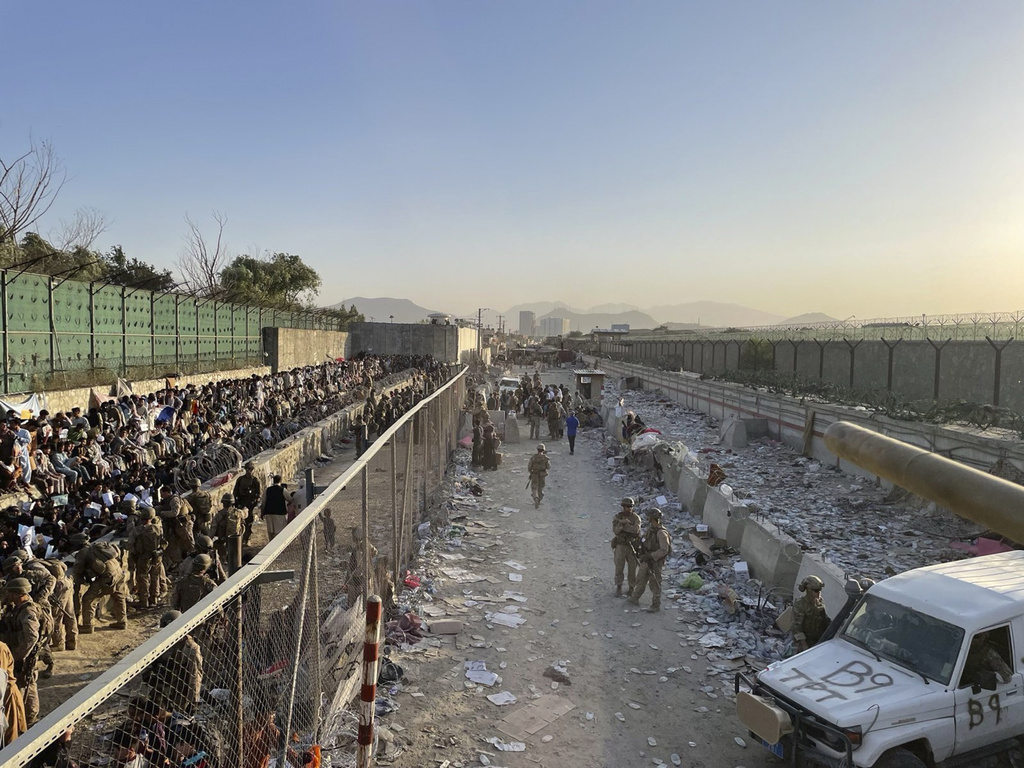The Biden administration says as recently as an April 15 reinvestigation that the murders of 13 American service members at the Kabul airport’s Abbey Gate “was not preventable at the tactical level.”
The House Foreign Affairs Committee Republican majority, under Chairman Rep. Michael McCaul, has been investigating Abbey Gate and President Biden’s supposed coordinated exit plan, which turned into deadly chaos. The Republicans believe the Abbey Gate suicide bomber could have been prevented from coming near the airport.
Under pressure from Mr. McCaul, the Biden administration has for the first time provided the assassin’s identity. He was Abdul Rahman al-Logari, a member of the murderous ISIS-K. These are the terrorists who most recently carried out the March 22 concert massacre near Moscow and have left a trail of corpses across the Middle East.
Logari ended up in Afghanistan, but not by choice. A source familiar with his travels told me he was captured in India in 2017 while attempting a terror attack. The U.S. took custody of him and brought him to Afghanistan. There, he was moved from prison to prison until January 2021, when he ended up in the Parwan military detention center at Bagram, the strategically important air base run by American forces 30 miles from Kabul.
Three months later, on April 14, Mr. Biden announced a complete troop withdrawal. Commanders were under a zero-troop mandate.
On July 2, the Americans executed a slapdash middle-of-the-night evacuation of Bagram. The Afghan commander didn’t even know.
Trending
Deaths Of US Troops During Afghan Withdrawal Could Have Been Prevented

The bombing area at Abbey Gate is pictured August 26, 2021, in Kabul, Afghanistan, before the blast. A review released Monday, April 15, 2024, says the suicide bombing at the Kabul airport that killed U.S. troops and Afghans in August 2021 was not preventable, and the “bald man in black” spotted by U.S. service members the morning of the attack was not the bomber. (U.S. Central Command via AP)
















